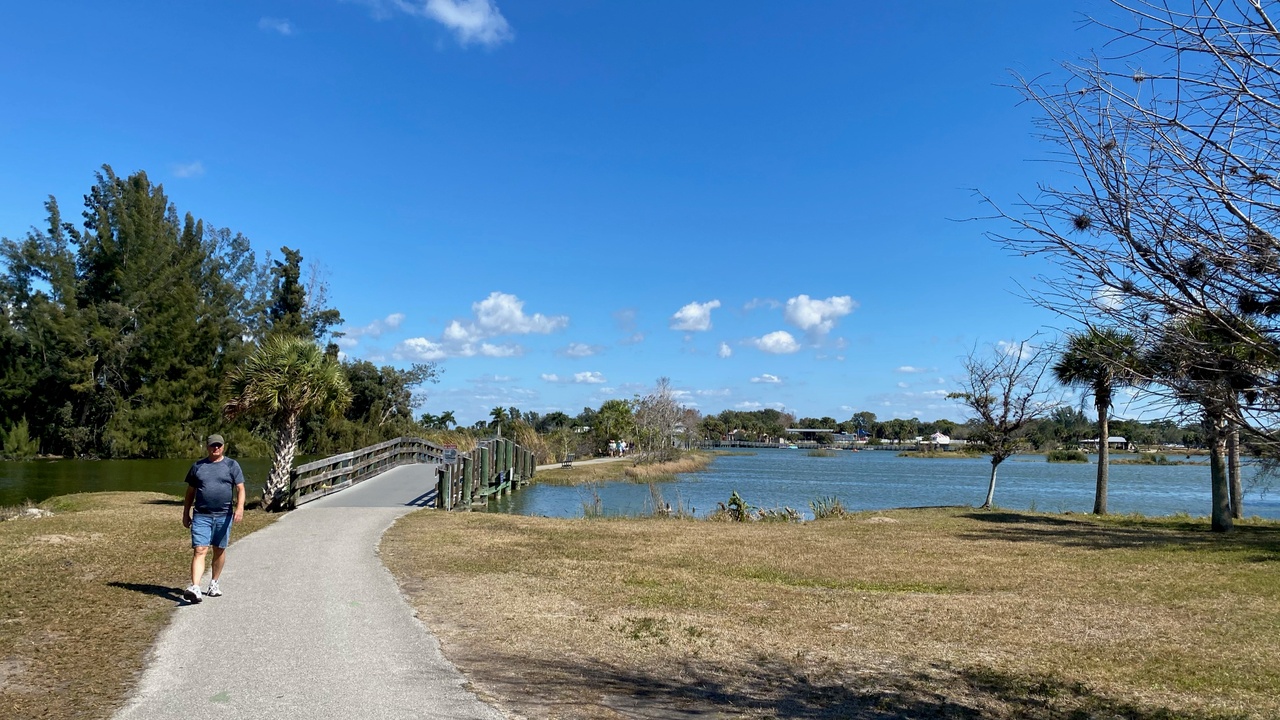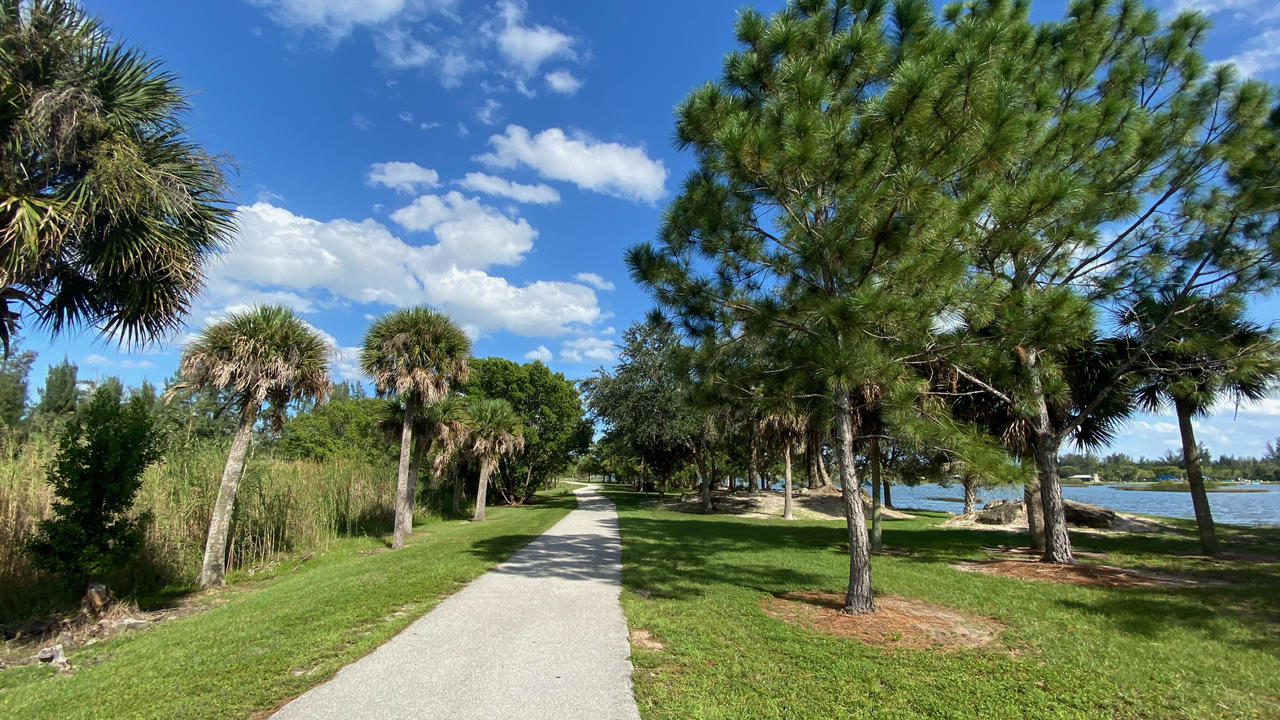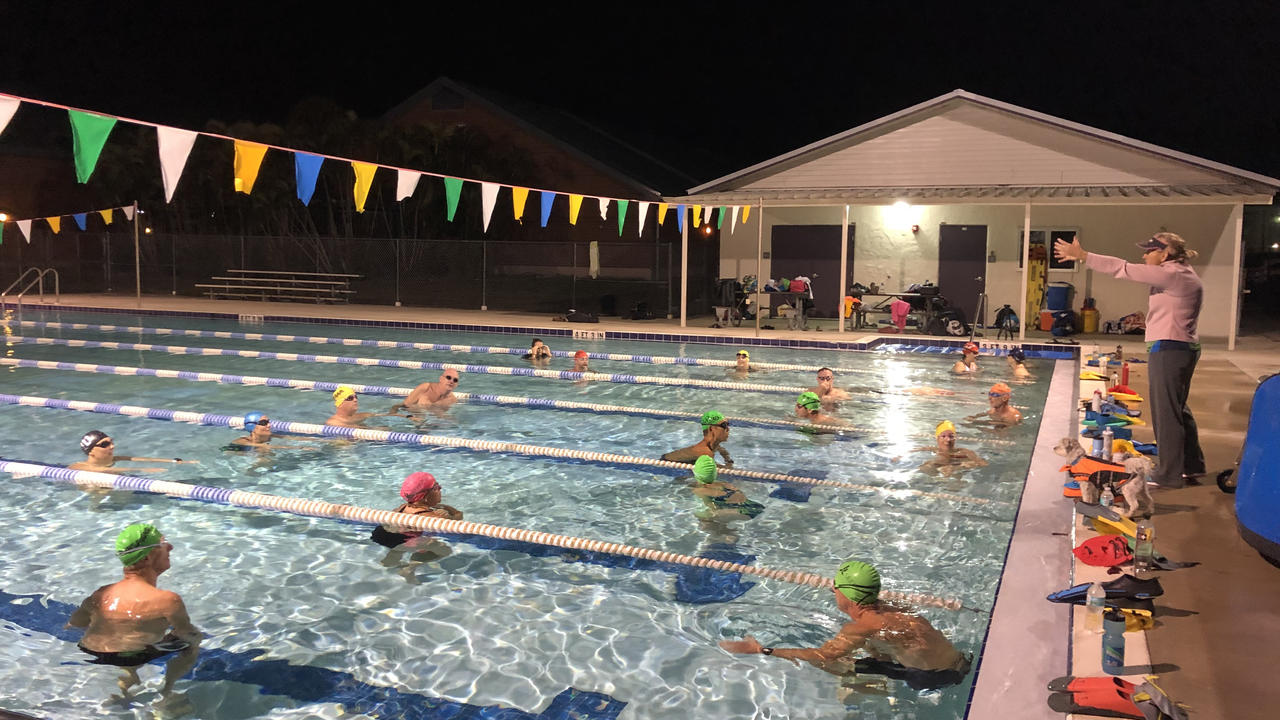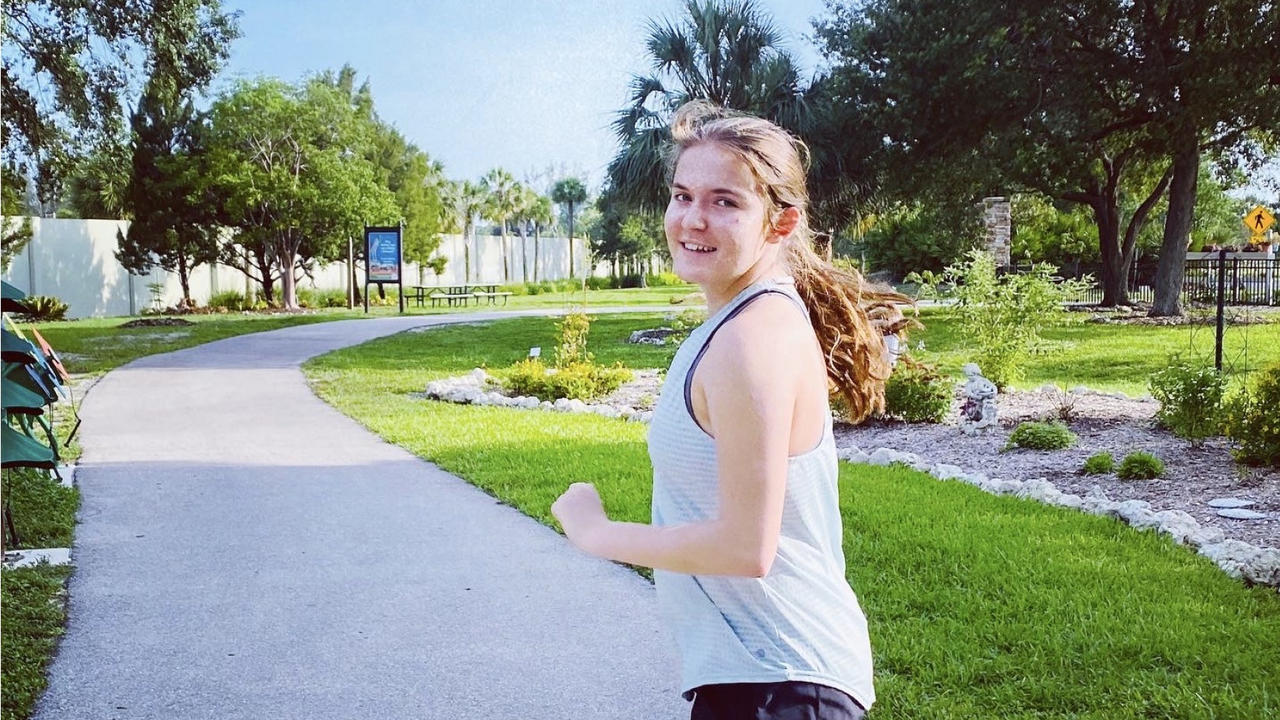Train Your Brain to Improve Fitness and Performance

Take a walk in beautiful Lakes Park to reflect, connect to source, renew, rejuvenate and train your brain. Photo courtesy of Charly Caldwell II.
Some people think that a strong body is the biggest strongest asset we have.
I beg to differ.
You can have the strongest body, the healthiest heart or the biggest biceps BUT if you don’t have a strong mind, you will fall short every time.
If you want to make positive changes in your life, your fitness and/or take your training to the next level, you need to think about training your brain.
Training the brain does not involve any Jedi mind tricks. It does however require a desire to change, the right beliefs and a solid plan of action.
First, decide what’s holding you back?
Decide what needs to change.
- What about your subconscious is holding you back?
- The idea of success?
- Self-worth or a lack of belief that you deserve to be successful?
- Lack of skills?
- Do you need to learn a new skill to compete at a higher level?
Determine...
Seek a Qualified Professional for Quality Information

Take the extra time to reflect on what's real - do the research & learn. Enjoy & reflect on this beautiful February sunset on Naples Beach. Photo Courtesy of Charly Caldwell II
With so much information available on the Internet and social media, it can be hard to decipher what's real from what’s … not.
Qualified personal trainers hold professional degrees in fitness-related fields, including exercise science and kinesiology, plus years of experience training clients to reach their fitness goals.
When you’re seeking answers, seek out a professional. Don’t be fooled by misinformation.
Get quality information from a qualified professional so you may realize your goals.
MYTH #1: You need to be in the 'fat-burning zone' to burn fat.
You might have heard about the 'fat burning zone' and how you need to run for long durations in this zone to burn fat.
Though there is truth to this, the same desired outcome can be achieved through a...
Pain Free Movement Starts with Good Hip and Spine Stability

Get out and walk, concentrate on your posture, and flow. Take elongated steps, and breath! A beautiful day for a walk in January, in Lakes Park, Fort Myers. Photo Courtesy of Charly Caldwell II
Having adequate mobility and stability is essential for your health and function.
This is especially true when it comes to avoiding injury. When your joint mobility is restricted, your movement is impaired, meaning the risk of injury is increased.
Therefore, you need full mobility when strength training or performing any other form of exercise.
When we are born, we are generally graced with full mobility but as life progresses, our mobility slowly deteriorates due in part to injuries and our lifestyle choices.
A perfect example being sitting for long periods of time.
On the other hand, we are born with no stability. Stability is developed as me mature throughout our childhood and enhanced through exercise and lifestyle choices later in life.
Therefore, placing a large focus...
Is your phone, tablet and laptop putting an ‘iHunch’ your posture?

There is no denying that we live in the ‘technological era’.
Consumers are constantly on the go, looking for new and improved ways to maximize time, energy and enjoyment. Whether this means streaming music, capturing that ‘award-winning’ picture, engaging in the latest Twitter debate, or texting friends/family, it’s all done on technological devices of one sort or another. In fact, most of you reading this article will own at least one technological device.
Take a second to add up the number of hours each day that you spend on your device. Is it one, two, five, or even ten?
That calculation isn’t of any real benefit for this discussion, but your posture is, and the awkward positions we find ourselves in while using these devices will not help.
I would like to introduce to you the term the ‘iHunch’.
iHunch is a term used to describe the common spinal problem at the level of the cervicothoracic junction (CT junction)...
Delayed muscle soreness or injury? How do you know?

A beautiful autumn day in Fort Myers, Florida, perfect walking or running weather! Join the Geared Up family on our next run, find out how here.
For a lot of us, pain in the body will come and go, like a headache.
You may have pain for an hour or maybe even a day, but often it will simply go away and you’ll forget about it.
There are many factors and mechanisms that cause pain in the body, and sometimes you may feel it’s not bad enough to do anything about.
The best tip I can give you is you should do something about our pain before it becomes problematic.
But how do you know when?
Delayed onset muscle soreness (D.O.M.S)
As you’ve probably experienced, after training, you can develop delayed onset muscle soreness (D.O.M.S).
This pain and stiffness can be felt in the muscle for between 24 to 72 hours, days after strenuous or unaccustomed exercise.
It is caused by damage to the muscle during the eccentric (lengthening) part of the contraction and the soreness...
Get In Shape for Winter Now

In the Southwest Florida area? Enjoy a workout in Lakes Park, Fort Myers - miles of trails, and there are workout areas scattered throughout the park!
It may seem impossible to fathom the idea of snow skiing while the sun is shining and you’re still going to the beach but fall is just around the corner and anyone planning holiday ski trips has less than 10 weeks to get sport specific fit.
Let’s be honest, while snow sports can be a lot of fun, many people arrive at the ski lift unprepared, unfit and leave the mountain stiff, sore and sometimes injured.
First, let’s acknowledge that a lot of people have desk-bound jobs that don’t exactly “prep” them for the intensity of skiing or snowboarding, and while they may do exercise, it’s usually not specific enough to allow them to cope with the specific positions and forces that occur during snow sports.
For example, with skiing, you spend most of your day bent like a zigzag.
You’re in a...
Prevent Shoulder Injuries With A Well-Rounded Training Program

Angie coaching the Geared Up team in an early morning swim clinic, pre-COVID, teaching the Geared Up team healthy movements for healthy shoulders!
Shoulders play an integral role in many of our daily activities.
They are also highly susceptible to injury.
It is therefore imperative that we do everything possible to keep our shoulders strong and injury free.
Consider that the average American spends a majority of their day performing forward focused activities that load the muscles of the shoulder.
This includes tasks as simple as sitting at a desk or driving a car.
Always moving with a forward focus creates problems as the shoulders become tight through the chest muscles (pectoralis major and minor) while at the same time becoming week and overstretched through the muscles that pull the shoulders back (scapular retractors).
This tightening and weakening respectively can lead to an exaggerated curvature of the normal spine resulting in a condition known as kyphosis.
Along with daily...
Running In Heat and Humidity (What to Watch Out For)

It's time for a morning Florida Summer Run in Lakes Park - let's hydrate and be careful to consider the heat & humidity in our workout! Photo courtesy of Charly Caldwell II
Living and training in the summer, especially here in Florida, means you have to learn to deal with hot and humid conditions (morning lows in the 80's and humidity over 70%).
First, some background on why hot weather running may be difficult and can be dangerous if not approached correctly.
"As much as 70% of the total chemical energy using during muscular contraction is released as heat rather than as athletic endeavor."
Your body has to dissipate that heat either through sweat or evaporation or both.
"When you exercise strenuously in even moderate heat (above 60°F; above 55°F for beginning runners), you raise your core body temperature. This triggers a release of blood into the capillaries of your skin to cool you down, which then reduces the blood supply available to your exercising muscles....
Adjust Heart Rate Zones with Training In Summer Heat

It's time for a mid morning Summer Run in Lakes Park - let's hydrate and be careful to consider the heat & humidity in our workout! Photo courtesy of Charly Caldwell II
Tracking your heart rate or knowing how hard you’re working is far more useful than simply following a stopwatch.
For instance, running a 10-min mile at noon outdoors is going to require a lot more effort than running a 10-min mile on an indoor treadmill.
Therefore, heart rates are a fantastic tool that can help dictate workout efforts more accurately.
If you’re using a stopwatch or timer as your source of feedback, you may end up pushing yourself harder than necessary and in turn unconsciously sabotage your own efforts.
However, if you pace yourself using a heart rate monitor, you know when it’s appropriate to push a little harder and when it’s time to back off.
Having said that, there are some factors that affect heart rate training and knowing how to adjust for them can help...
Evidence Supporting Children and Physical Activity Continues to Grow

Josie takes a break from school work at home (during isolation from COVID-19) to exercise in Lakes Park (Fort Myers) with her dad. Photo Courtesy of Charly Caldwell II.
Physical activity is a natural activity and essential for the healthy growth and development of babies and children.
Bodies are meant to move, and just like their moms and dads, it’s good for little bodies and minds.
Physical activity and regular exercise for children is essential for their physical and emotional health.
Since the guidelines were published back in 2008, evidence supporting the importance of exercise for children continues to grow.
Infants and children need daily physical activity to:
- support brain development
- build strong muscles, joints and bones
- improve coordination, balance and flexibility
- reach and maintain a healthy weight
- promote relaxation and improve sleep quality
- increase confidence, happiness and help build strong social skills, and
- improve academic achievement.
In addition, regular...

